Game description:
The Amazing Digital Circus 6 expands the surreal narrative of individuals trapped in a simulated world where performance and obedience are demanded by a system they do not understand. Controlled by an artificial intelligence named Caine, the environment blends humor with discomfort, forcing participants to engage in routines that distort their sense of identity. Over time, the setting has shifted from playful confusion to psychological pressure. Each new episode reveals another layer of manipulation, as characters struggle to define what is real and what has been manufactured.
Shifts in Group Dynamics
In this episode, relationships between the trapped avatars take new directions. As personalities evolve under stress, alliances begin to fracture. Pomni grows more reactive, while others like Kinger and Ragatha attempt to maintain structure and optimism. The absence of control creates moments of panic, sarcasm, or complete withdrawal. Caine continues to act as a neutral facilitator, but the randomness of his “games” brings consequences that feel increasingly targeted. The AI’s understanding of human emotion seems limited, but its influence is total.
Core Elements and Features
The Amazing Digital Circus 6 maintains the series’ formula while introducing new elements:
· A closed virtual world that isolates and reshapes its inhabitants
· Avatars based on exaggerated archetypes or subconscious fears
· Psychological games disguised as circus activities
· Artificial characters like Bubble that act as emotional buffers
· Recurring visual cues that reference character history or hidden systems
These features combine to form an unstable but carefully controlled environment. The rules are always shifting, and nothing can be fully trusted.
No Exit, Only Adaptation
Episode 6 avoids the idea of resolution. Instead, it leans into the themes of containment and observation. Characters begin to understand that escape may not be possible — at least not in a physical sense. Instead, some look inward, trying to reclaim a sense of identity through memory or routine. Others detach entirely, embracing their roles to survive. The line between coping and surrender becomes difficult to define. The show does not offer moral clarity but presents survival as a spectrum of choices, none of them ideal.










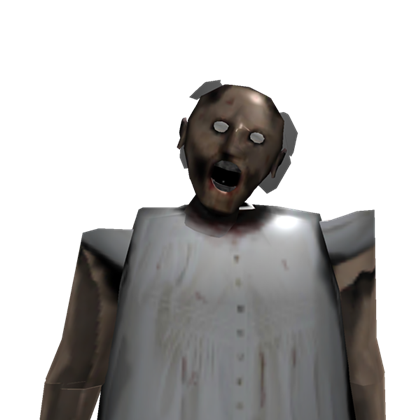






























































































































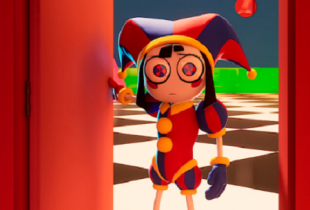
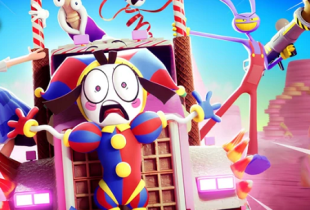
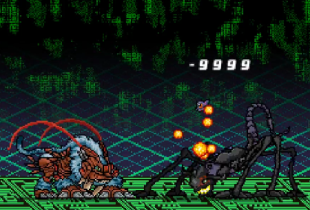
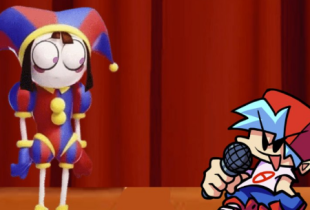

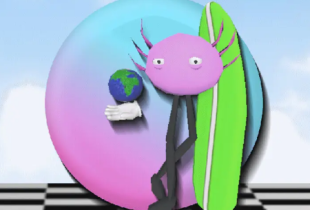
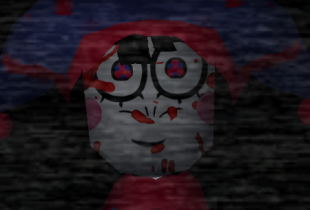
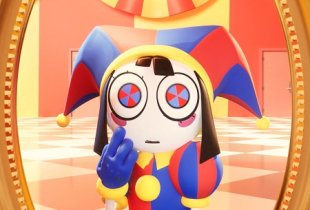
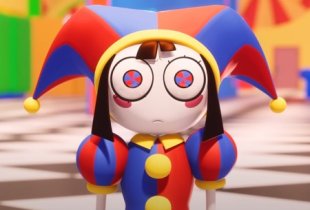
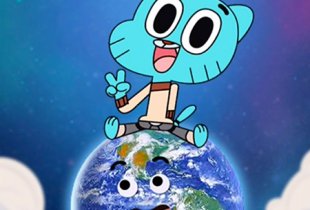
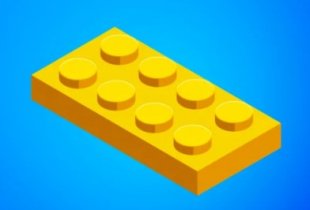


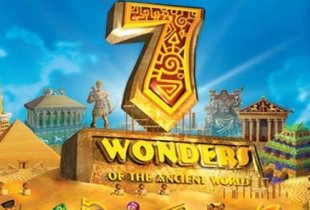
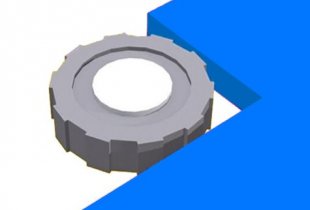
Comments